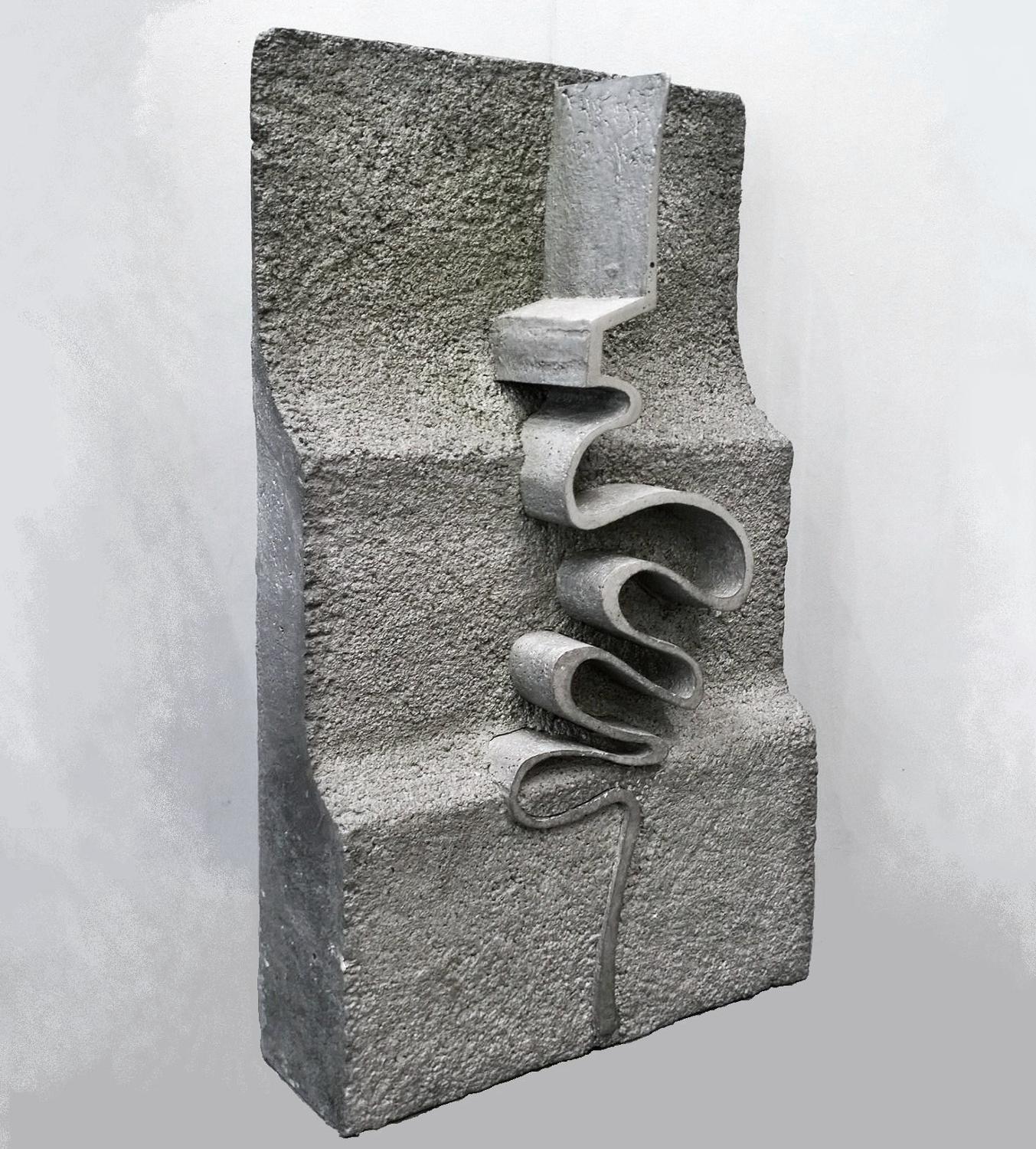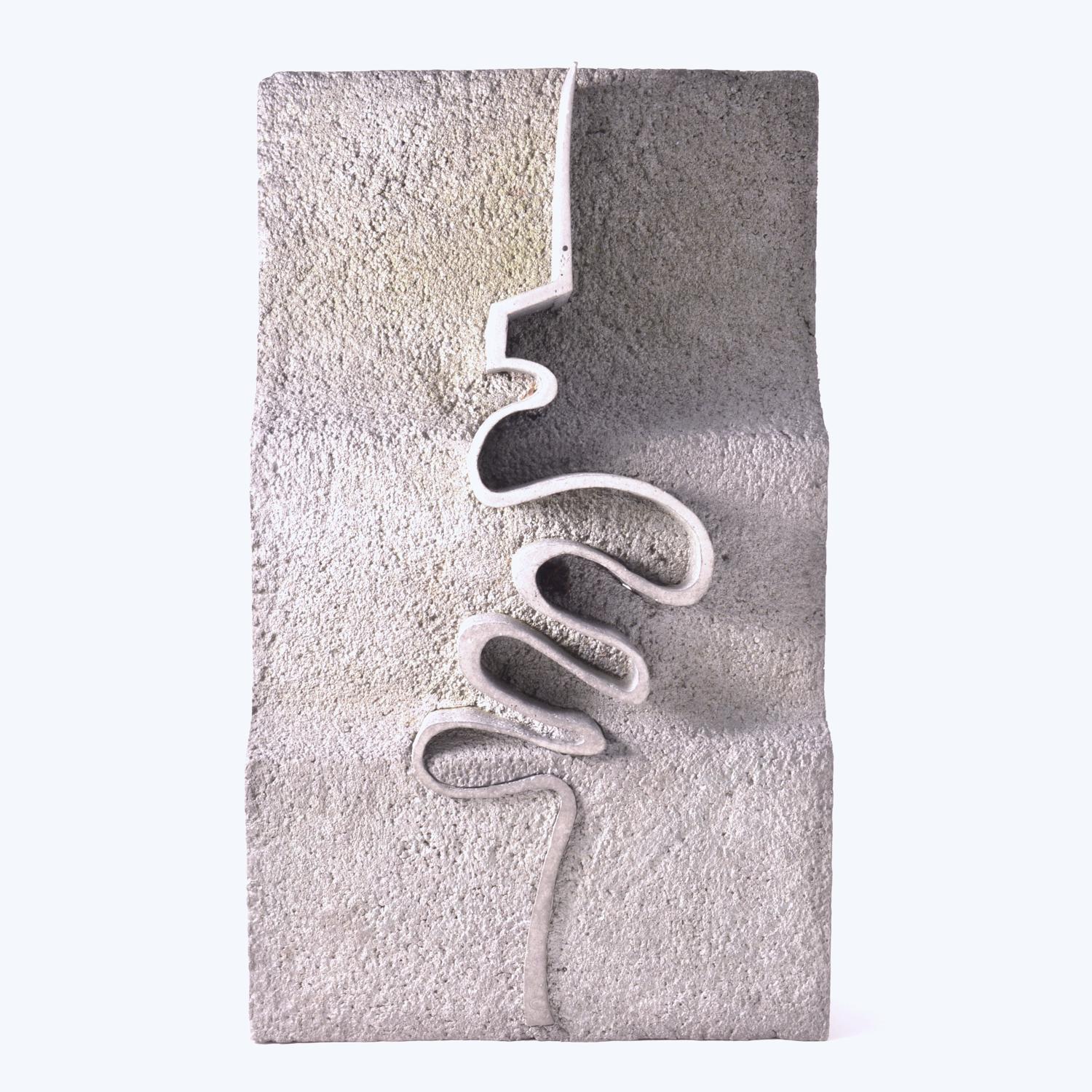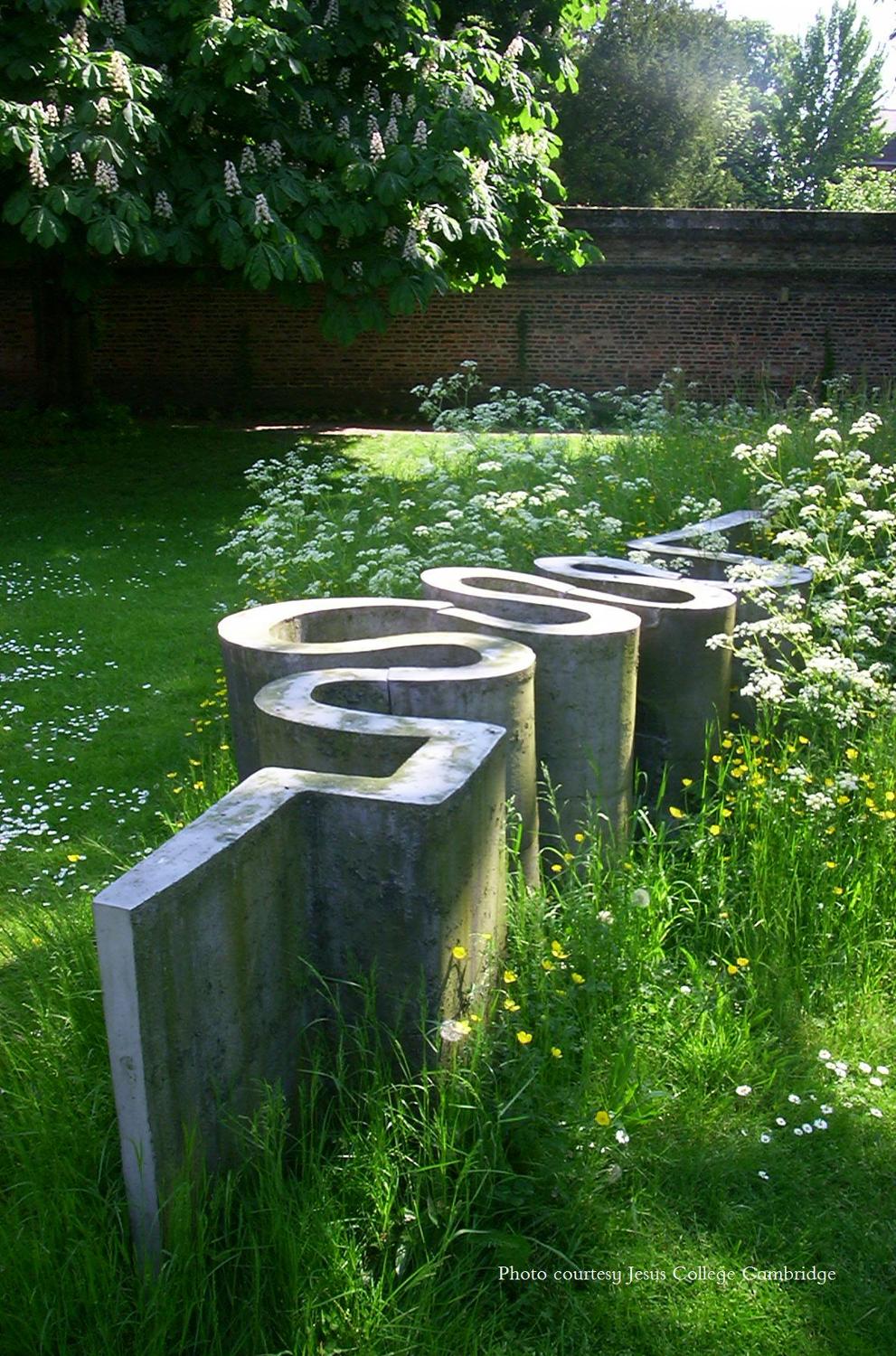
Email: info@hortonlondon.co.uk
Web site: https://www.hortonlondon.co.uk/
 |
Tel: +44 (0) 7718740785 Email: info@hortonlondon.co.uk Web site: https://www.hortonlondon.co.uk/ |
|
Code: 10393
Dimensions:
Geoffrey Clarke CBE RA (1924-2014)
Hadrian's Wall 1969
Cast aluminum signed with monogram numbered and dated 69
Edition 1/10
This piece is a maquette version of the full size piece entitled 'Call it Hadrian's Wall', at Jesus College Cambridge.
Geoffrey Clarke was a pioneer in a golden age of British sculpture and his fearless experimentation with new materials and processes saw him create works that epitomise the vibrancy of the post-war British art scene. Ititally he wotked with welded steel and later devised a way of sand casting aluminum in his own workshop.
Clarke was a student of Ronald Grimshaw and attended the Royal College of Art in 1948 after serving in the RAF. He received the silver medal at the Milan Triennale for a collaboration with the furniture designer, Robin Day.
He was part of a group of artists including Lynn Chadwick, Reg Butler and Kenneth Armitage who in 1952 was exhibited in the British Pavilion at the Venice Biennale. They were described by art critic Herbert Read as "the geometry of fear sculptors".
He was commissioned to create the cross of nails for Coventry Cathedral whic sits infront of the Sutherland tapestry on the high altar. He also worked on three of the nave windows between 1957 and 1962.
During the 1960's other major commissions that Clarke had made since leaving the RCA were, Candles and altars for Chichester Cathedral; 30 relief panels for the Canberra liner; doors for two London banks; a light fitting for a bank in Liverpool; a mosaic for Liverpool University; a tapestry design for a sheikh’s palace in Kuwait; aluminium reliefs for two Cambridge colleges; screens for the Royal Military Chapel, Birdcage Walk; and most recently a relief sculpture for the new Nottingham theatre. So busy was Clarke, by now in his late 30s, that he was rumoured to travel between projects by helicopter.
Despite his religious commissions he was not a religious man, his leanings were roughly Jungian. His interest in the cross, for example, had less to do with its Christian symbolism than with its role as a universal archetype.
In 1965 he had a retrospective at The Redfern Gallery, London and his work is also held at the Tate Gallery and V&A London as well as other public and private collections.
Clarke was made a Royal Academician in 1975.


